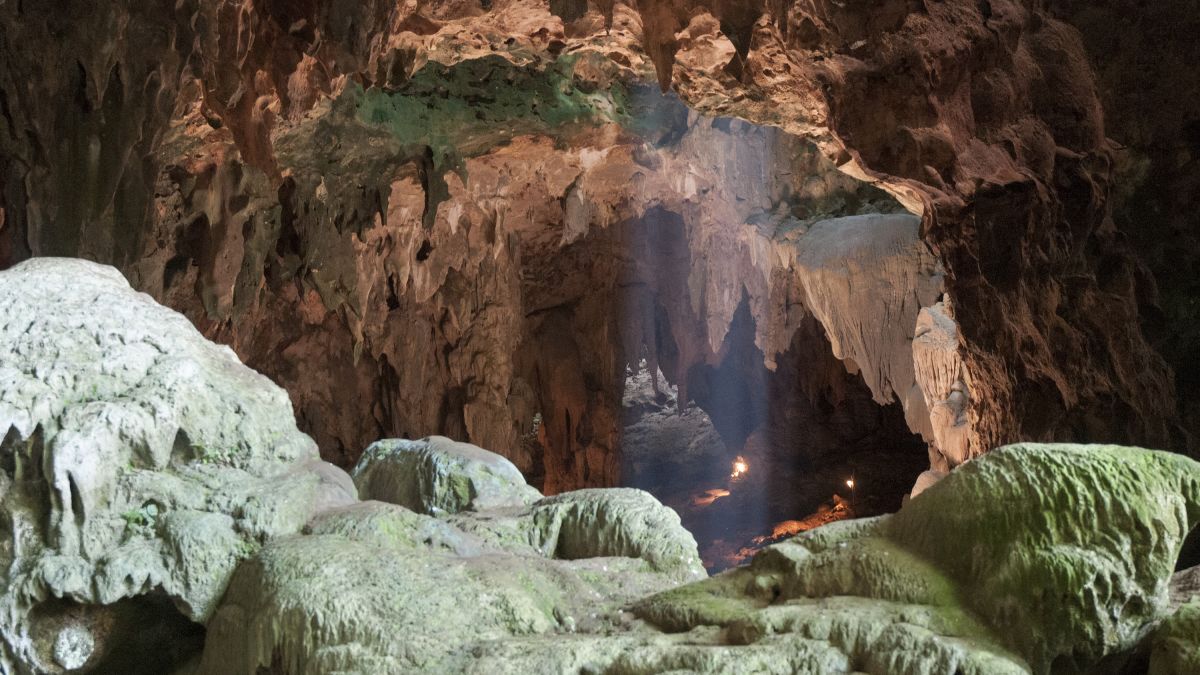Peñablanca: Ancient bones and teeth found in Callao Cave in the Philippines have led to the discovery of a previously unknown species related to humans called Homo luzonensis, according to a new study.
The fossils belonged to two adults and one child who lived between 50,000 and 67,000 years ago.
In 2007, a single foot bone was found in the cave and dated to 67,000 years ago. During excavations in 2011 and 2015, researchers found 12 additional hand and foot bones, including a partial femur and teeth, in the same layer of the cave. The researchers have named the new species luzonensis because of where it was found on the island of Luzon.
The researchers have named the new species luzonensis because of where it was found on the island of Luzon.
They are now the earliest human remains found in the Philippines. Previously, Homo sapiens remains were found on Palawan island and dated to between 30,000 and 40,000 years ago.
But luzonensis are different from other species because of their distinct premolar teeth which vary considerably from anything identified in the other species belonging to the Homo genus.
The seven premolars and molars are smaller and more simplified than those of other species. Although some of the characteristics can be compared to Homo erectus and Homo sapiens, the teeth and jaw features remain distinct as far as the odd features they combine.
This factor, along with the fact that the researchers haven’t been able to remove DNA from the fossils, makes it difficult to determine where luzonensis fits, evolution-wise. Although separated by millions of years of evolution, luzonensis’ toe bone strongly resembles that of Australopithecus afarensis, or the famed ‘Lucy’ fossil. Australopithecus lived between 2.9 million and 3.9 million years ago.
Although separated by millions of years of evolution, luzonensis’ toe bone strongly resembles that of Australopithecus afarensis, or the famed ‘Lucy’ fossil. Australopithecus lived between 2.9 million and 3.9 million years ago.
The finger bone also resembles that of Australopithecus, as well as early Homo species. The finger and toe bones are curved, like those of early hominins, likely suggesting that climbing was important to their lifestyle and survival.
“If you take each feature one by one, you will also find it in one or several hominin species, but if you take the whole combination of features, no other species of the genus Homo is similar, thus indicating that they belong to a new species,” said Florent Détroit, study author and paleoanthropologist at the National Museum of Natural History in Paris.



